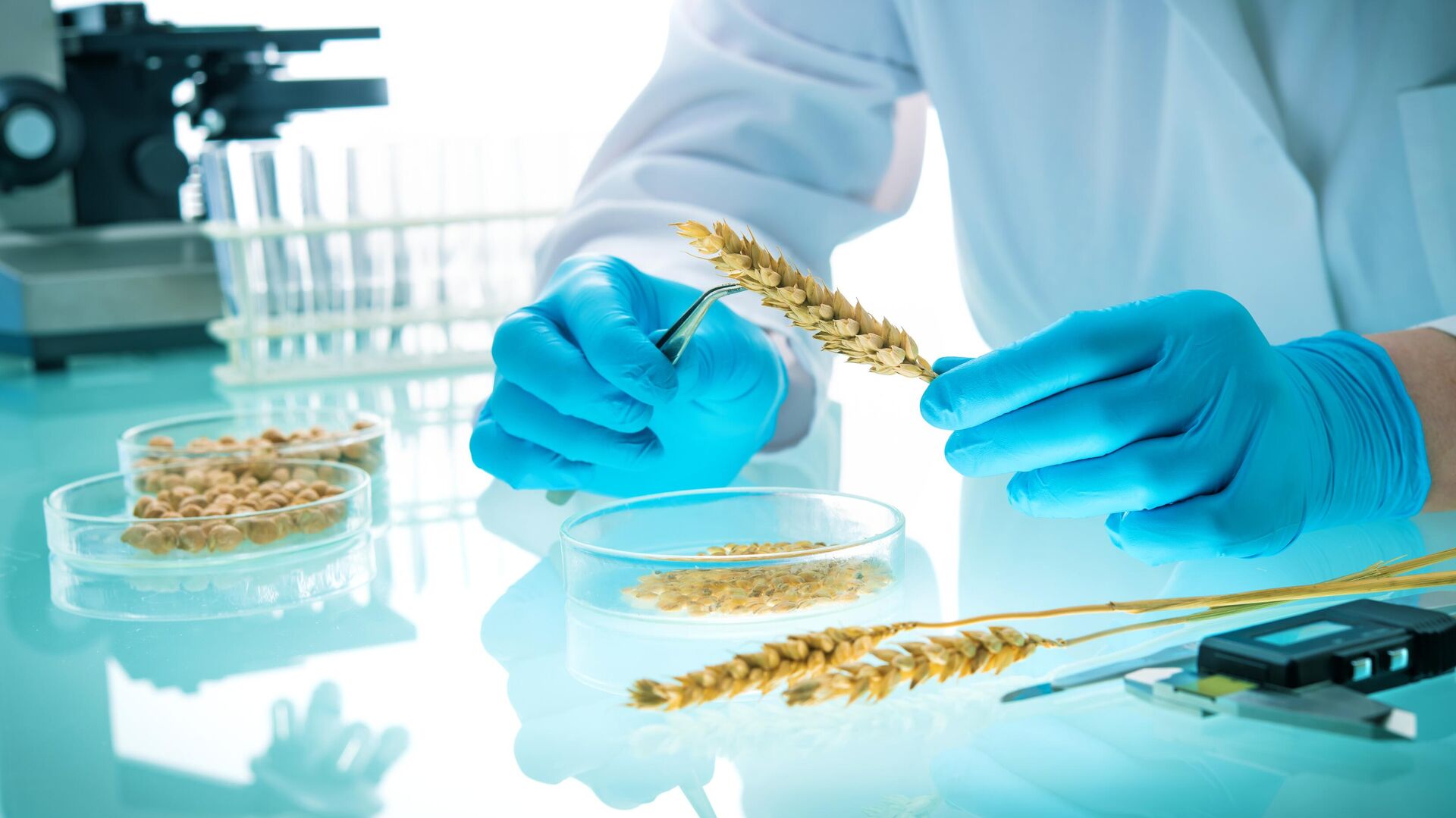
MOSCOW, November 27. Tyumen State University scientists as part of a research team assessed the content and distribution of copper and other trace elements in the soil-plant system in Western Siberia. The results of the study are used in the production activities of the agrochemical service, environmental monitoring centers, environmental organizations and farms in the Tyumen region, the press service of the university reported.
One of the most important tasks of environmental protection is the creation of a system for continuous monitoring of chemical pollution of air and natural waters and soils, said researchers from Tyumen State University (TSU).
To solve this problem, in their opinion, it is necessary to develop integral criteria for predicting and assessing the content and action of chemical elements, taking into account specific environmental conditions in the soil-plant-animal (human) system.
It is believed that to maintain balance in the ecosystem, all three links of this chain must contain the optimal amount of microelements. However, the main source of microelements — soil — is subject to technogenic pollution, primarily due to emissions from large industrial centers. This happens, in particular, in areas near industrial enterprises and highways.
As a result of technogenic impact, areas appear with an excess of elements such as Cd, Ni, Pb, Zn, Cu, As, Hg. At the same time, provinces with a lack of chemical elements are dangerous for food chains. For the soils of Western Siberia, according to a number of experts, there is a deficiency of microelements: Cu, Zn, Mo, Mn, Se, I.
Tyumen State University scientists as part of a scientific team summarized the characteristics of the gross content and mobile forms of these microelements in the arable horizon of the main types of soils in the Tyumen region and determined the relationship of their distribution with the main physical and chemical indicators of soils. When summarizing and analyzing the material, we used the research team’s own research and materials from reports from the regional agrochemical service on the examination of arable soils.
«»We investigated the features of the accumulation in soil and plants of individual microelements, for example, copper, the deficiency and excess of which in the soil negatively affects the yield and quality of agricultural crops. We were also able to establish on what soils plants grow with high and, on the contrary, insufficient content copper, as well as factors contributing to its entry into plants,” said Anna Sindireva, head of the Department of Geoecology and Environmental Management of Tyumen State University.
Scientists note that in wheat, which grows in the south of the Tyumen region, the copper content varies depending on the type of soil and its geographical location.
1 of 4
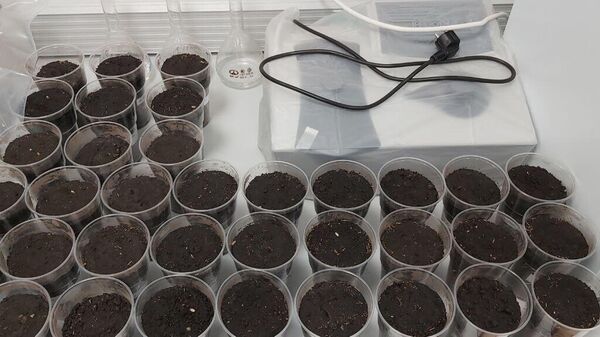
2 of 4
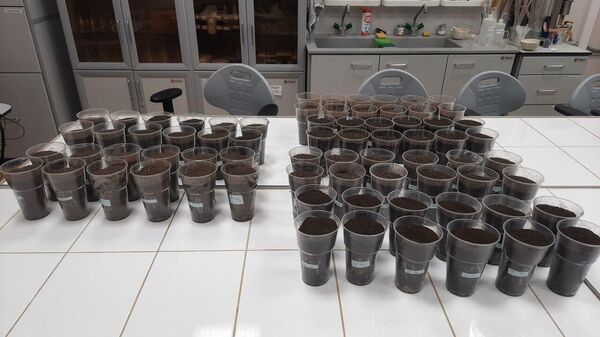
3 of 4
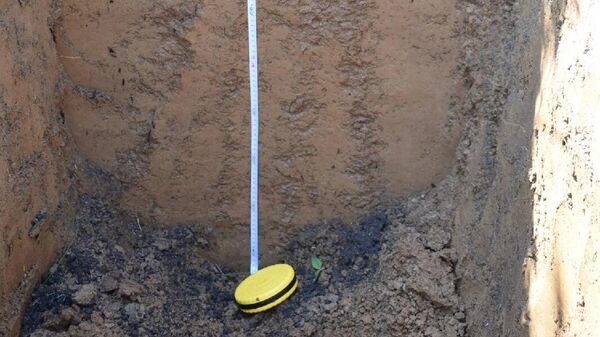
4 of 4
1 of 4
2 of 4
3 of 4
4 of 4
«The content of mobile forms of copper, depending on the type and subtype of soil, varies in the range from 0.15 to 0.25 mg/kg. The copper content in wheat grain growing in the south of the Tyumen region varies from 4 to 6.5 mg/kg» , — Sindireva clarified.
She emphasized that it is necessary to study the content, distribution and mobility of trace elements in uncontaminated soils for environmental monitoring and conservation measures. The data obtained can be used as reference points when assessing the degree of pollution, as well as when predicting the presence of microelements in areas with significant anthropogenic impact.
Also, according to the researcher, the established patterns will make it possible to predict changes in the chemical composition of soils in the event of an additional supply of microelements to soil (as a microfertilizer or due to anthropogenic pollution).
In the future, the research team plans, based on the data obtained, to develop integral zonal standards for the content and action of a number of microelements in the soil-plant-animal system.< br />
The results of the work were published in the publication “Socio-Ecological Technologies”. Research in this area is supported by the Russian Foundation for Basic Research (RFBR) and the Ministry of Education, Culture, Science and Sports of Mongolia; as well as the Russian Foundation for Basic Research and the Tyumen region within the framework of a scientific project.









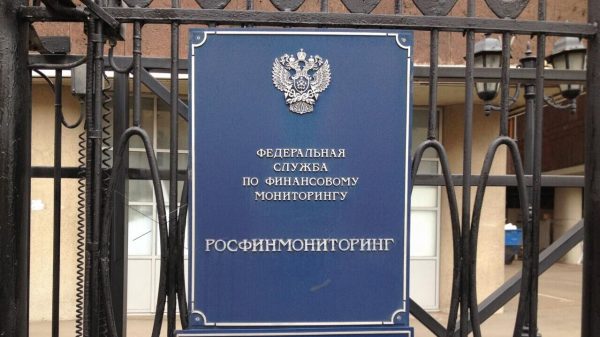









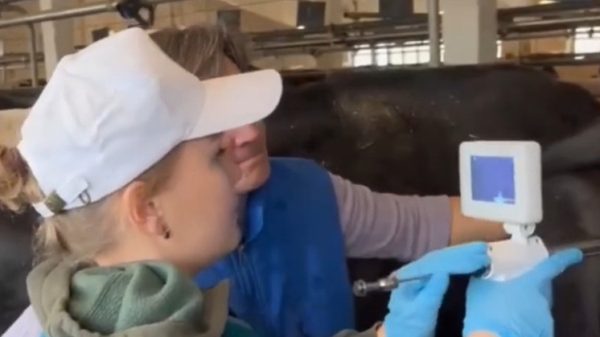






































Свежие комментарии